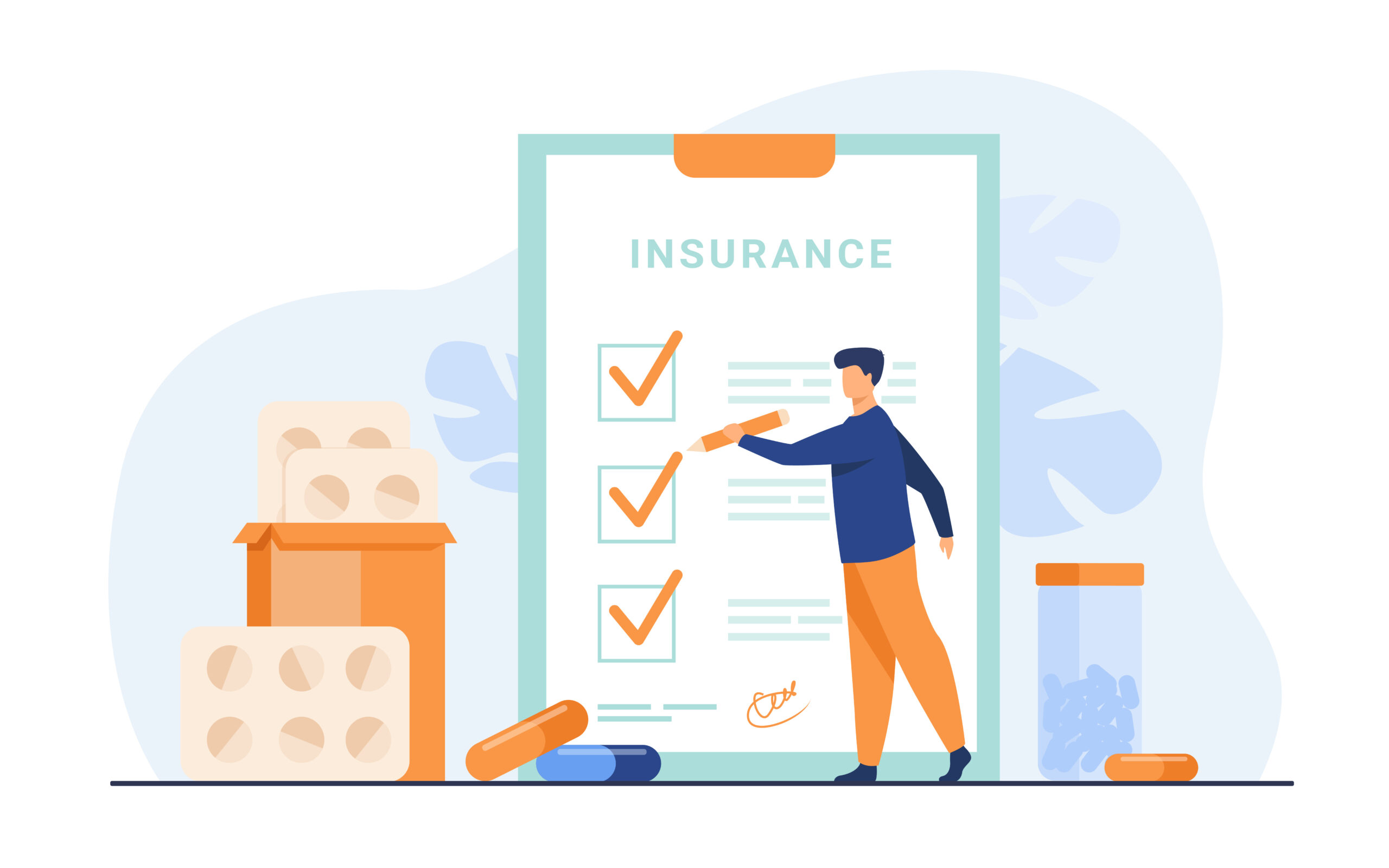In promoting and introducing products through personal images, traders need to pay attention to at least two following issues: the rights on personal images and ownership of advertising products.
Pursuant to the law, the right of an individual to his/her image is a civil right, Article 32 of the Civil Code 2015 stipulates that an individual has the right to his or her image and the use of individual image must be agreed by that person unless otherwise prescribed by law, and anyone uses personal image for commercial purpose must pay royalty to the image holder, unless otherwise agreed by the parties. Accordingly, civil law also stipulates that the use of personal images by without his/her permission is only limited to images obtained from public activities, including conferences, seminars, and sport competitions, arts performance and other public activities without damaging the honor, dignity, and prestige of the image holder or using personal images for national and public benefits. The entities violate the personal image rights in advertising activities might face sanctions against administrative violations with a fine up to 30 million VND, compensation individuals whose images are illegally used or more seriously, be handled as criminals if the use of personal image affects the prestige, dignity, and honor of such person.
In short, the use of personal images, as mentioned above, if not belong to the foregoing exceptions, must be agreed by such person and must be paid if the image is used for commercial purposes. Therefore, with the example of singer Truong The Vinh mentioned above, the clothing store needs to ask Truong The Vinh permission and pay royalties for using his image.
In addition to the problem of asking for permission to use personal images as mentioned above, advertising products related to the use of personal images are usually displayed through the following forms: photos, television commercials, etc. These products are also recordings, photographic works, or artwork, etc., whose copyright or related rights is protected under the intellectual property law.
For example, as you may know, the singer Son Tung is Biti’s brand representative, if you want to use Son Tung’s photos (taken by Biti’s and advertised for their products) for advertising your products. To whom do you have to ask for permission and pay royalties? – Biti’s or the singer Son Tung? As analyzed above, Biti’s, in this case, is the financial investor for Son Tung’s photography and also comes into an agreement with Son Tung for using his image for advertisements. Therefore, Biti’s company is the owner of such photos.
In short, business entities who want to use personal images need to separate the personal rights under the provisions of civil law and ownership of intellectual property under the law on intellectual property to have appropriate measures to the objects that they want to use. The download and use of images and recordings on the internet to use in their business activities is also a matter that traders should consider carefully because you shall not know when the owner of such may “suddenly” appear and requires to be paid “royalty.”
If you have any questions or require any additional information, please contact Apolat Legal – An International Law Firm in Viet Nam.
This article is for general information only and is not a substitute for legal advice.





































